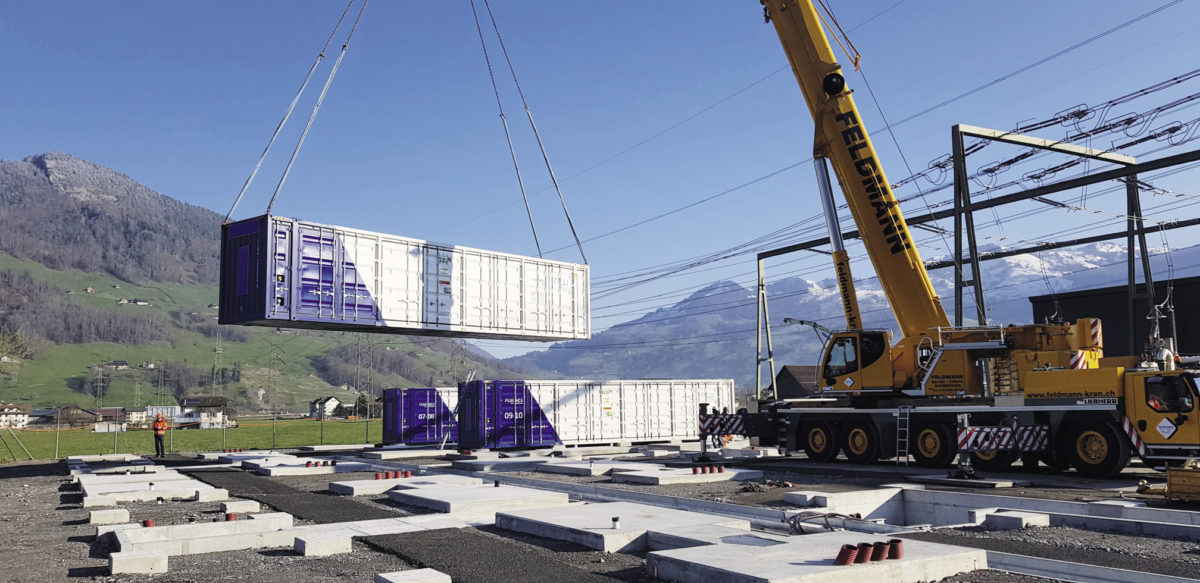From pv magazine International
With battery storage in particular blooming across the U.S. in recent weeks, analyst IHS Markit – which was among the doom-mongers as recently as a coronavirus-ravaged March – has now joined the chorus of voices predicting the technology which is so critical to the adoption of intermittent renewable energy has finally turned the corner.
The London-based forecaster has predicted storage deployment will hit 15.1 GW/47.8 GWh in 2025 and sees investment set to grow from an anticipated $4.2 billion this year to $9.5 billion in five years time’ – no mean feat given IHS has predicted battery module prices will fall 32% over the same period.
That falling battery price is one of the reasons cited for the impressive growth of storage deployment already being witnessed in the U.S. IHS Markit’s Energy Storage Service today predicted the States will stay the world’s number one market for the technology for the next five years, helped by a slew of ambitious state-level policies and an impressive project pipeline driven by the Investment Tax Credit.
Although the press release issued by IHS to publicize its predictions emphasized how well energy storage is weathering the Covid-19 storm – and, by implication, how much more storage might be deployed in less exceptional times – it made no mention of the fact 2020 is an election year in the world’s grid scale battery capital. It is tempting to speculate what sort of volumes of storage could be rolled out across the U.S. in the event a more environmentally conscious president were to enter the Oval Office.
China will be the number two energy storage market to 2025, according to IHS, which expects 6.5 GW of systems to have been developed by that point as the nation strives to even out energy supply from a rising tide of renewables generation assets.
And there are encouraging signs in other markets, said the analyst today, with a capacity auction in France set to drive 253 MW of storage capacity up to 2023 and grid scale pipelines set to increasingly benefit from the viability of merchant storage in the U.K. and Australia, thanks to the spread of wholesale energy prices between peak and off-peak hours.
This content is protected by copyright and may not be reused. If you want to cooperate with us and would like to reuse some of our content, please contact: editors@pv-magazine.com.









By submitting this form you agree to pv magazine using your data for the purposes of publishing your comment.
Your personal data will only be disclosed or otherwise transmitted to third parties for the purposes of spam filtering or if this is necessary for technical maintenance of the website. Any other transfer to third parties will not take place unless this is justified on the basis of applicable data protection regulations or if pv magazine is legally obliged to do so.
You may revoke this consent at any time with effect for the future, in which case your personal data will be deleted immediately. Otherwise, your data will be deleted if pv magazine has processed your request or the purpose of data storage is fulfilled.
Further information on data privacy can be found in our Data Protection Policy.